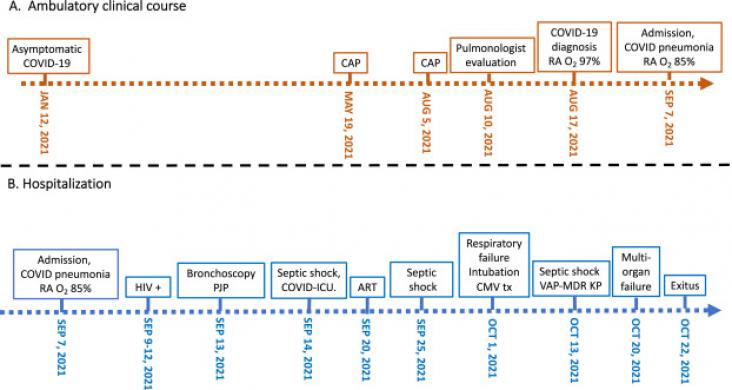This article supports SDG 3 by improving diagnostic capabilities for hepatitis E virus in blood donors.
This study contributes to SDG 3 by addressing safety improvements in hepatitis B treatment regimens.
This content aligns with Goal 3: Good Health and Wellbeing by discussing the mechanism of action and the differences among the different classes of RTs (HIV-1, Tyr3, and TERT) which encompass the three main classes of RTs: retroviruses, retrotransposons, and telomerases, respectively.
This study supports SDG 3 by showing that although people living with HIV in South Africa predominantly have a well controlled condition, there is a high burden of unmet health needs for people living with hypertension and diabetes.
This Article supports SDG 3 by showing that there is a high burden of hepatitis B and C infection and related liver diseases in Europe, suggesting the need for increased investment in prevention, detection, and treatment strategies is needed to bring Europe closer to the goal of elimination by 2030.
This article underscores the need to screen early for balance issues and fall risk in patients with Alzheimer's, as these patients are more prone to falls. The end goal is to promote earlier screening so as to better improve their quality of life.

Case report presenting a patient with a late diagnosis of AIDS in the context of COVID-19 infection.
SDG 3.3 is to end the AIDs epidemic, this study shows that of 793,902 people with HIV in Kenya included in the study >25% had low level viraemia, which is associate with a higher risk of virological failure. By defining virological supression as
Elsevier,
Comparative Biochemistry and Physiology Part - C: Toxicology and Pharmacology, Volume 271, September 2023
OKA is a potent neurotoxin and has a profound effect on cognitive dysfunction in Zebrafish. 4D and 10D OKA treated zebrafish show significant changes in gene expressions related to neuroinflammation. OKA exposed zebrafish display a substantial number of proteins that are involved in contributing to AD pathology. OKA-induced AD in zebrafish model can be used as a screening tool to explore further underlying possible mechanisms.
Climate change is driving the need for cool spaces, which currently relies largely on mechanical air conditioning that consumes power and contributes to emissions. This article examines how to create a passive cooling system with good ventilation using no mechanical equipment, achieving sub-ambient temperature cooling that could be extended to larger homes and structures. As such, it supports SDGs 3 (ensuring access to cool livable spaces), SDG 9 (more sustainable infrastructure to cool homes), and SDG 13 (reducing the need for traditional air conditioning).
